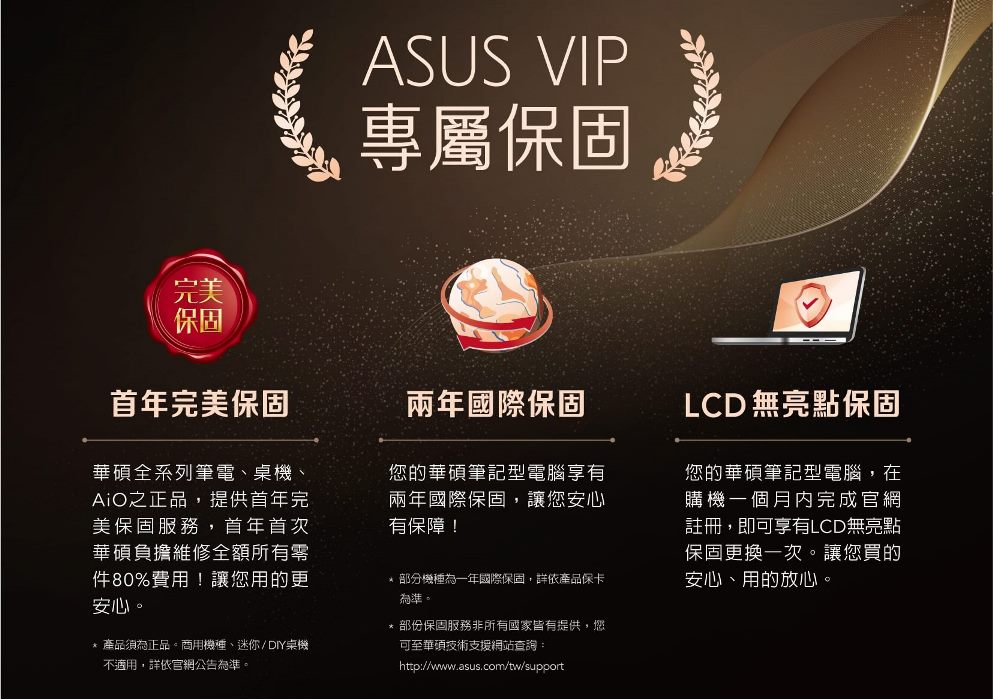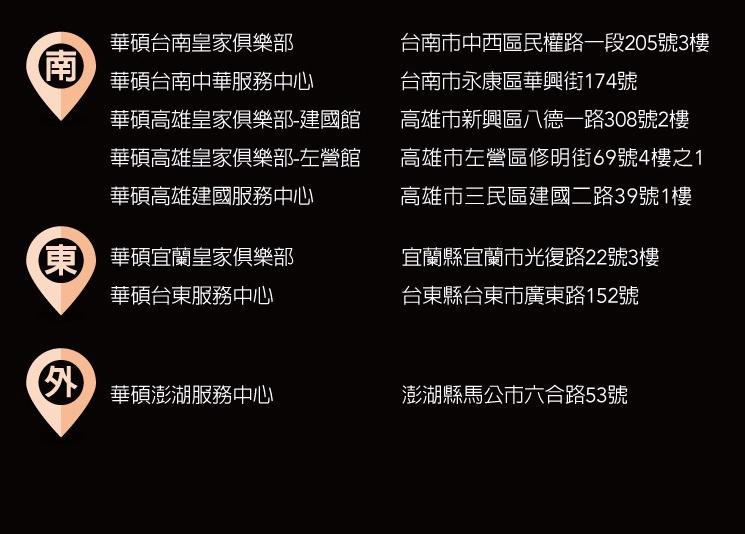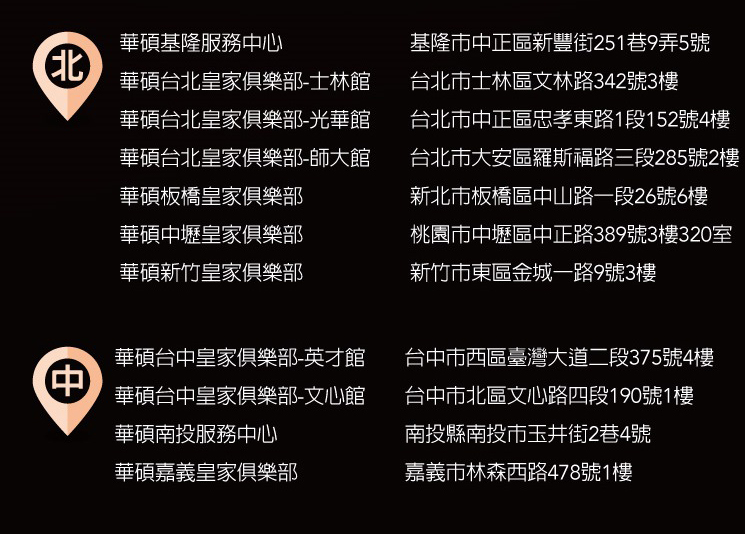Business Data Networks & Security 10/e
+作者:Panko
+年份:2015 年10 版
+ISBN:9781292075419
+書號:CS0393PC
+規格:平裝/套色
+頁數:480
+出版商:Pearson(Asia)
+定 價:NT $1,320 元
【書籍介紹】
This title is a Pearson Global Edition. The Editorial team at Pearson has worked closely with educators around the world to include content which is especially relevant to students outside the United States.
The basic, introductory topics provide a firm foundation
• Security: Threats, the plan-protect-respond cycle for corporate security management, security planning, and protection-phase issues, such as authentication, firewalls, and cryptography.
• Network Design and Management: Shows students how to analyze requirements and turn them into simple network designs. This chapter also covers quality of service goals and the management of temporary traffic peaks and permanent bottlenecks.
• An introduction to Microsoft® Office Visio for the creation of network diagrams takes the concepts of network design and management one step further.
Job-level content prepares students with the skills demanded by today's employers
• Goes beyond the basic topology and switch operation to cover topics such as: link aggregation, the Rapid Spanning Tree Protocol, overprovisioning versus priority, switch purchasing considerations, and more
• Focuses on skills and issues likely to arise in job interviews and on the job: laying out an Ethernet LAN with 8.02.11 Wi-Fi; OM standards and link aggregation; Wi-Fi security; IPv6; SDN; and more.
The latest in networking techniques and wireless networking, including a focus on security, keeps students up to date and aware of what’s going on in the field:
• Security: More information on security than previous editions
• Wireless: A strong focus on wireless, including the revolutionary 802.11ac and 802.11ad standards, plus information on WLAN handoffs, Bluetooth profiles, cellular data service, and other wireless topics
• Cloud Computing and BYOD: An emphasis on cloud computing and the BYOD (Bring Your Own Device) revolution
• IPv6: The TCP/IP chapters offer more information on IPv6, an area in which interest has recently spiked among networking professionals Specifics include:
◦ Chapter 8 goes into more detail on the IPv6 header, the next header architecture of the packet, and the complex addressing scheme introduced with IPv6
◦ Chapter 9 adds new information on introducing IPv6 in an IPv4 world and the other “v6” standards that help companies manage IPv6; Chapter 9 also discusses the complex options for getting IPv4 and IPv6 to work together
The flow of the text guides students through the material
• A full chapter is devoted to wide area networks (Chapter 10)
• A combined chapter covers wired physical layer transmission and Ethernet (Chapter 5)
• The flow from LANs to TCP/IP and WANs is improved and smoother
Provides the most updated coverage
• NEW! Overall length is streamlined by about 15%. Non-essential content has been eliminated.
• NEW! Even greater emphasis on security, in response to the growing importance of security in networking.
• NEW! General content updates: for example, Chapter 1 is more heavily cloud-focused with stronger business cloud content. Software defined networking, which was barely on the radar in the last edition, is demonstrating capabilities that could revolutionize network management in the future.
• NEW! Revised context for chapter openings, including Netflix’s sophisticated ways of using Amazon Web Services and the Target data breach.
• NEW! Chapter 3 length reduced, with security management moved to Chapter 4. Some nonessential content was removed from Chapter 4 to leave more room for security.
• NEW! Adopts the IEEE’s new terminology for MAC addresses—EUI-48 addresses.
• NEW! Chapter-by-chapter changes:
o Chapter 1 (Welcome to the Cloud): Wireless, peer-to-peer applications, nodes, and a small home network are out. To give more focus. Standards agencies and architectures are there in simplified form. DHCP, DNS, and ping are included.
o 1a (Hands On: A Few Internet Tools): Past editions have been too Windows focused. This chapter was rewritten to allow students to use websites to work with basic network management tools.
o 1b (Design Exercise: A Small Home Network): NEW! This module has the material on creating a small home networks from Chapter 1 in the 9th edition.
o Chapter 2 (Network Standards): 20% shorter because standards agencies and architectures come in Chapter 1. Begins with the story of how Internet standards were and are created. The encoding of integers is better. TCP is corrected to show the current standard’s 9 flag fields.
o Chapter 3 (Network Security): Starts with the Target breach. It covers attacks and then defenses, as in the last edition. Security management is moved to Chapter 4. Advanced persistent threats are added, but static packet inspection is dropped. The deep packet inspection firewall section is retitled application-aware firewalls and content was changed appropriately.
o Chapter 4 (Network and Security Management): begins with management aspects of the Target breach. Network management is reduced. Removed unpopular content such as SDLC versus SLC. Application response time is out because it goes well beyond networking. Topology is out as a general topic It is introduced in the context of specific standards. Hub and spoke are out. Centralized network management and visualization are improved by introducing basic concepts in software defined networking. More on SDN in Chapter 10.
o Chapter 5 (Ethernet (802.3) Switched LANs): Begins with the origins of Ethernet. Does not discuss LANs versus WANs. LAN-WAN differences are moved to Chapter 10. MAC changed to EUI-48. Reduced optical fiber. Frame discussion is simplified to focus on important fields for Ethernet management. Fiber is simplified, but OM standards are introduced. The chapter adds man-in-the-middle attacks with ARP poisoning. 40 Gbps and 100 Gbps standards are removed from end and integrated. VLANs are out because network segmentation is done differently today, as discussed in Chapter 10. Overall, the chapter is 11% shorter.
o Chapter 6 (Wireless LANs I): Begins with 802.11 versus Wi-Fi and how we will use the terms interchangeably. Golden zone and the Shannon equation are dropped, although the bandwidth part of the Shannon equation is used. 802.11a is added, 802.11ad is out, and material is simplified where possible. Wi-Fi Direct moved to Chapter 7 with other short-distance standards. About 10% shorter.
o Chapter 7 (Wireless LANs II): In terms of security, WEP and WPA have become nonissues. 802.11i’s unchallenged dominance is reflected in the content. Evil twin improved with a little more detail. Denial-of-service attacks are out because these are now rare and difficult to do. In laying out access point circles, 10 m is used instead of 30 m. Decibels is reduced. UWB is out because it is being absorbed into other technologies. Bluetooth is reduced somewhat. Chapter is about 10% shorter.
o Chapter 8 (TCP/IP Internetworking I): Chapter is about 25% shorter. Does not begin with a review of TCP/IP concepts; this material is now scattered through the chapter where it is relevant. ICMP and dynamic routing protocols are moved to Chapter 9. Figure 8-12 now shows only the IPv6 header.
o Chapter 9 (TCP/IP Internetworking II): Autoconfiguration in IPv6 is out. This is too complex a topic for introductory courses, and it is less important than often touted. ICMP and dynamic routing protocols moved here. MPLS is moved to Chapter 10 because it is predominantly used by carriers.
o Chapter 10 (Wide Area Networks): Heavily restructured. The chapter begins with the PSTN. It then discuses residential services and cellular services that students are familiar with. LTE has won the cellular battle, and this brings simplification. There is no need to skip cells to reuse frequencies. Less on traditional PSDNs, which are dying; more on carrier Ethernet. MPLS is a carrier service. Now that both LANs and WANs have been discussed, more information on software defined networking is presented. About 30% shorter.
Chapter 11 (Networked Applications): Chapter is shortened about 35%, primarily by taking out Web services, which have been replaced by cloud computing as the dominant potential driver of radical traffic pattern changes. In the peer-to-peer section, Tor has been added to illustrate anonymity protections. Skype security is out because it is no longer an issue.
MyMISLab is not included. Students, if MyMISLab is a recommended/mandatory component of the course, please ask your instructor for the correct ISBN and course ID. MyMISLab is not a self-paced technology and should only be purchased when required by an instructor. Instructors, contact your Pearson representative for more information.
Personalize learning with MyMISLab
• MyMISLab is the online homework, tutorial, and assessment program that fosters learning within and beyond the classroom. MyMISLab combines homework, tutorial, and assessment with a dynamic set of tools for gauging both individual and class performance. You always know how your students are doing, and can engage each one to improve performance.
• Students engage in real business situations through simulations.
• Students' course results are improved with additional study materials, quizzing, and testing.
• Refresh Excel® and Access® skills–MyMISLab includes access to Pearson’s popular Exploring textbook series and MyITLab®.
• SharePoint® access lets you facilitate group projects while helping students gain skills in using the industry’s leading collaboration tool
• Online assignments let you give tests and quizzes right through MyMISLab, so you can assess students and enjoy the convenience of having results automatically graded.







